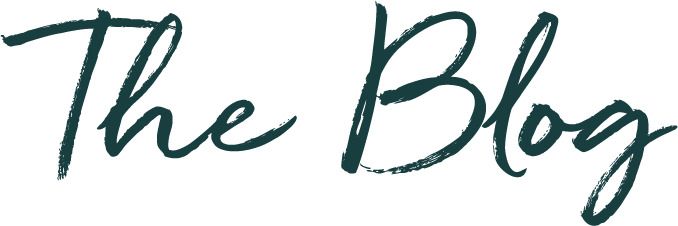A ring warming ceremony is a heartfelt addition to a wedding that symbolizes the collective well-wishes of family and friends. This guide provides everything you need to know about a ring warming ceremony, including its origin, structure, and FAQs to help you decide if it’s the right addition to your big day.
What is a ring warming ceremony?
A ring warming ceremony is a symbolic event where wedding guests are invited to hold the couple’s rings and silently offer a blessing, wish, or prayer for the marriage. It’s a way of sharing love, support, and positive energy. Often, the rings are passed from person to person before the ceremony or during it, and by the time the couple exchanges them, the rings are said to be “warmed” by the well wishes of their family and friends.
This ritual is flexible and can be easily customized to fit the couple’s personal beliefs or traditions. Whether you opt for a quiet, meditative moment or ask guests to say their blessing out loud, the ring warming ceremony adds a personal and meaningful layer to the wedding ceremony.
Ring Warming Ceremony Origin
The origins of the ring warming ceremony are rooted in ancient Celtic traditions. This ceremony focuses upon community support and unity, drawing upon the ancient practices of blessing sacred objects.
Ring Warming Ceremony Script
A ring warming ceremony script serves as the guide for how the ritual will unfold. It typically includes a brief introduction for the guests, an explanation of the significance of the ritual, and any specific instructions for passing the rings. The officiant or a designated family member might say:
“Before we exchange our vows, we would like to ask for your blessings on these rings. As the rings are passed around, we invite each of you to hold them for a moment, to warm them with your love, and offer a silent wish or blessing for our marriage.”
Or: “We will now perform a special ring warming ceremony. As the wedding rings are passed among you, we ask that you take a moment to hold the rings and silently offer a blessing, prayer, or positive thought for [Partner 1] and [Partner 2] as they begin their life together. These rings will represent not only their vows but the love and support of all of you.”
This part of the ceremony is usually short but meaningful. The script can be tailored to reflect the couple’s beliefs, adding quotes, prayers, or poems that resonate with their values.
Ring Warming Ceremony FAQ
When does the ring warming ceremony happen?
A ring warming ceremony can take place before or during the wedding ceremony. Some couples choose to have the rings displayed at the entrance to the venue so guests can offer their blessings as they arrive. Others prefer to incorporate it into the actual ceremony, passing the rings around during a reading or musical interlude. Timing depends on the size of the guest list and how the couple wants the flow of the ceremony to go.
Who participates in the ring warming ceremony?
In a traditional ring warming ceremony, all the wedding guests are invited to participate. The rings are typically passed from guest to guest during the ceremony, with each person holding the rings briefly and offering their well wishes. For larger weddings, the couple may opt for a smaller group, such as immediate family members or the wedding party, to ensure the ceremony flows smoothly.
How long is a ring warming ceremony?
The length of a ring warming ceremony depends on the number of guests and the way the ceremony is structured. If the rings are passed to every guest, it can take anywhere from 10 to 30 minutes, depending on the size of the group. To streamline the process, couples may pass the rings only to a few close family members or choose to have the rings placed on a table where guests can warm them before or after the ceremony.







